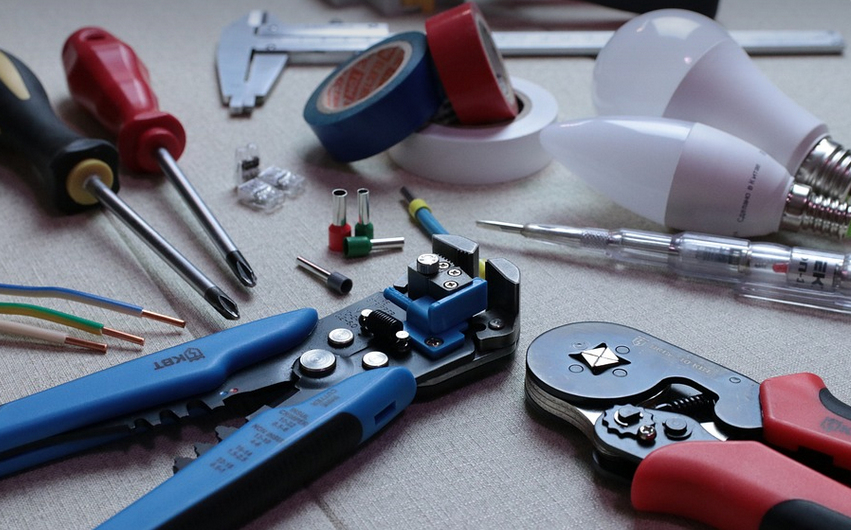Understanding the Importance of Compression Socks
Getting a knee replacement is a major life decision, and it’s natural to wonder about recovery and how to keep your joints happy. One often overlooked tool for post-surgical care that can significantly aid your journey back to normal activities is compression socks. These aren’t just for athletes – they’re crucial for recovery after knee replacement surgery.
You see, the surgery involves major tissue disruption and the need for extra support for blood flow. Compression socks act like tiny pressure-guardians, promoting optimal circulation around your legs and ankles. This helps reduce swelling and pain for a faster recovery.
Think of it this way: imagine your body’s network as a highway system where blood flows as vehicles on the roadways. After knee replacement, the surgery disrupts some of these roads and creates traffic jams—swelling from fluid build-up in your legs. Compression socks act like traffic controllers, ensuring smooth flow and reducing congestion.
Here’s how they help: Firstly, they improve blood circulation by gently squeezing the tissues, helping move lymph fluids to remove waste products from the area. This aids in edema reduction (fluid buildup), which is a common symptom after knee surgery.
Secondly, compression socks reduce muscle fatigue and soreness. The added pressure helps your leg muscles stay engaged throughout the day, preventing stiffness and discomfort. They also help prevent blood clots (which can be a major concern after any surgery).
Thirdly, they increase athletic performance! Compression socks promote a more efficient oxygen flow to muscles and tissues, allowing them to work better for longer periods. This is especially beneficial if you’re planning on returning to an active lifestyle post-surgery.
Choosing the Right Size and Type of Compression Socks
You’ve got your understanding down pat about the importance of compression socks after knee replacement, but what kind do you need? Finding the perfect pair can make a big difference in your recovery.
First things first, understand that compression socks come in various levels of pressure—measured in mmHg (millimeters of mercury). The higher the number, the more intense the compression. A general guideline is:
- **15-20 mmHg:** For everyday wear and light activity after surgery.
- **20-30 mmHg:** For medium activity and walking around without too much strain.
- **30-40 mmHg:** For more demanding activities, like running or playing sports.
The ideal pressure for you will depend on your specific recovery stage. Consult with your doctor or a physical therapist to get recommendations based on your needs.
Next up: You also need to choose the right size! It’s essential to wear compression socks that fit comfortably and snugly without being too tight. A good rule of thumb is:
- **For women:** Measure around the ankle (where you’d wear a sock) for the most accurate measurement.
- **For men:** The same principle applies, but the measurement should be taken above your calf muscle when wearing socks.
Make sure your compression socks fit snugly without constricting blood flow—they shouldn’t feel too tight or cause discomfort.
Tips for Using Compression Socks After Knee Replacement Surgery
Wearing compression socks is crucial, but it’s not about simply slipping on any pair you find! Here are some tips to maximize their benefits during your recovery.
**• Start Early:** Begin wearing compression socks soon after surgery. The sooner you incorporate them into your routine, the better, as they can contribute to quicker healing and reduce post-operative swelling.
**• Consistency is Key:** Wear compression socks daily, especially during activities that cause fluid buildup in your legs. It’s like keeping a steady stream going for your body’s circulatory system.
**• Listen to Your Body:** If you experience any discomfort or unusual sensations while wearing compression socks, consult with your doctor or physical therapist. They can provide guidance on proper fitting and usage.
** • Be Active!** As your recovery progresses, gradually incorporate more activity into your routine. This will help increase blood flow, reduce stiffness, and enhance muscle function.
**• Stay Hydrated:** Drinking enough water is vital for overall healing and circulatory health. It helps flush out waste products and keeps your body operating smoothly.
** • Get Support:** Don’t shy away from talking about your recovery journey with friends, family, or a support group. Sharing experiences and seeking emotional support can make the process feel less daunting.
A Word of Caution: When to Consult Your Doctor
Compression socks are generally safe for most people, but as with any medical treatment, certain cautions apply.
**• Pre-existing Medical conditions:** If you have pre-existing conditions like diabetes or heart issues, consult your doctor before starting compression therapy.
**• Uncomfortable sensations:** If you experience any discomfort or unusual symptoms while wearing compression socks, it’s crucial to stop and notify your doctor immediately.
**• Allergic reactions:** Always check for potential allergies in the materials used for the compression socks. Some individuals may have sensitivities to certain fabrics.
Remember: It’s always best to err on the side of caution when dealing with medical interventions. Don’t hesitate to reach out to your healthcare provider if you have any concerns or questions about wearing compression socks after knee replacement surgery.
The Final Word
After a knee replacement, recovery is an ongoing process that requires patience and dedication. But with the right tools and strategies, like compression socks, you can reclaim your mobility and comfort. As you navigate this journey, remember to be patient, listen to your body, and consult your medical team for guidance whenever needed.
Take care, and happy healing!
